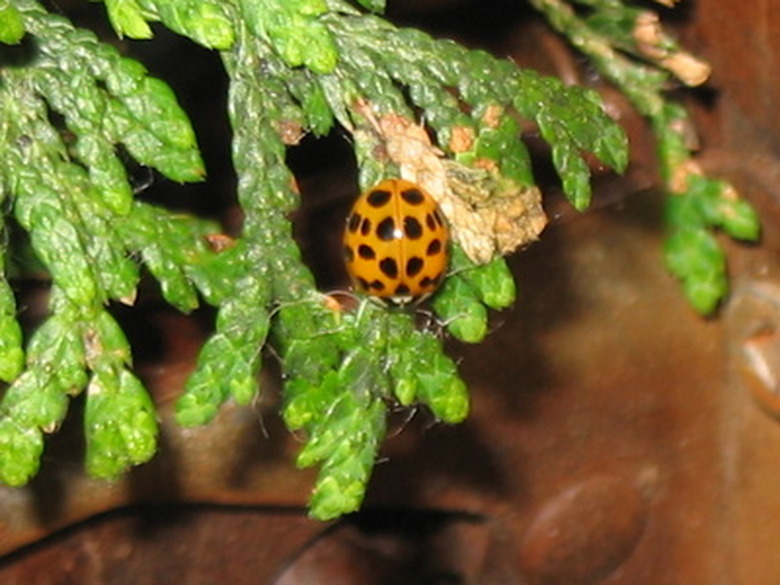How To Transplant Mature Cedar Trees
Things Needed
- Shovel
- Tarp
- Peat moss
- Compost
- Anti-dessicant spray
Evergreen and easy to grow, cedar trees can be used a windscreen, privacy fence or shade trees. Cedars can reach a height of 50 feet, but for the most successful transplantation, select trees that are less than 6 feet tall. Larger trees are more difficult to handle and can suffer severe transplant shock. Smaller transplants recover and grow more quickly, often surpassing larger trees within two or three growing seasons. For best results, transplant mature cedar trees in early spring.
Step 1
Select your new location. Cedar trees prefer a sunny location with well drained soil. If you are planting several trees, space the trees at least 5 feet apart. Do not plant cedar trees in flood-prone locations or within 100 feet of a septic field.
- Evergreen and easy to grow, cedar trees can be used a windscreen, privacy fence or shade trees.
- Larger trees are more difficult to handle and can suffer severe transplant shock.
Step 2
Choose your cedar transplants. Select a cedar tree that is no more than 6 feet tall. Taller cedar trees have deeper root systems. This makes them less suitable for transplantation because it is difficult remove enough of the root ball to support the foliage. Small root balls provide less water to the tree, increasing the likelihood of transplant failure.
Step 3
Water the trees thoroughly two days before digging. This will ensure that the tree is well-watered before the move and softens the soil for easier digging.
- Choose your cedar transplants.
- This makes them less suitable for transplantation because it is difficult remove enough of the root ball to support the foliage.
Step 4
Sever the cedar tree's shallow surface roots by digging a trench 18 to 24 inches deep around the perimeter of the tree. The trench should be approximately 1 foot wider than the bottom branches.
Step 5
Insert the shovel under the tree at a 45-degree angle, lifting to expose the roots. Sever the feeder roots and taproot. Gently rock the tree back and forth to loosen some of the dirt. This will make the tree lighter and easier to handle. Grasp the trunk firmly and pull the tree out of its hole and onto the tarp. If the tree will be left above ground for more than one hour, drag it to a shady location and cover the roots.
- Sever the cedar tree's shallow surface roots by digging a trench 18 to 24 inches deep around the perimeter of the tree.
- Insert the shovel under the tree at a 45-degree angle, lifting to expose the roots.
Step 6
Dig a hole in the new location. The hole should be twice as deep and wide as the transplant's root ball. Mix the excavated dirt with equal parts peat moss and compost.
Step 7
Drag the transplant to its new location by pulling on the tarp, not the branches of the tree. Back fill the hole with enough soil to ensure that the transplant sits at the same level as it did in its previous location. Position the tree in the center of the hole and straighten it if necessary.
Step 8
Fill the gaps in the planting hole with the soil mixture, tamping the soil firmly to stabilize the tree. Mound the soil up around the perimeter of the planting hold to create a 6 inch high "moat" to capture and provide water to the root area.
- Dig a hole in the new location.
- Fill the gaps in the planting hole with the soil mixture, tamping the soil firmly to stabilize the tree.
Step 9
Water the newly planted cedar tree weekly until the ground freezes. Provide 2 to 3 gallons of water at each watering, applying the water slowly to prevent runoff.
Step 10
Spray the tree with an anti-desiccant in late fall to protect it from moisture loss and drying winter winds.
